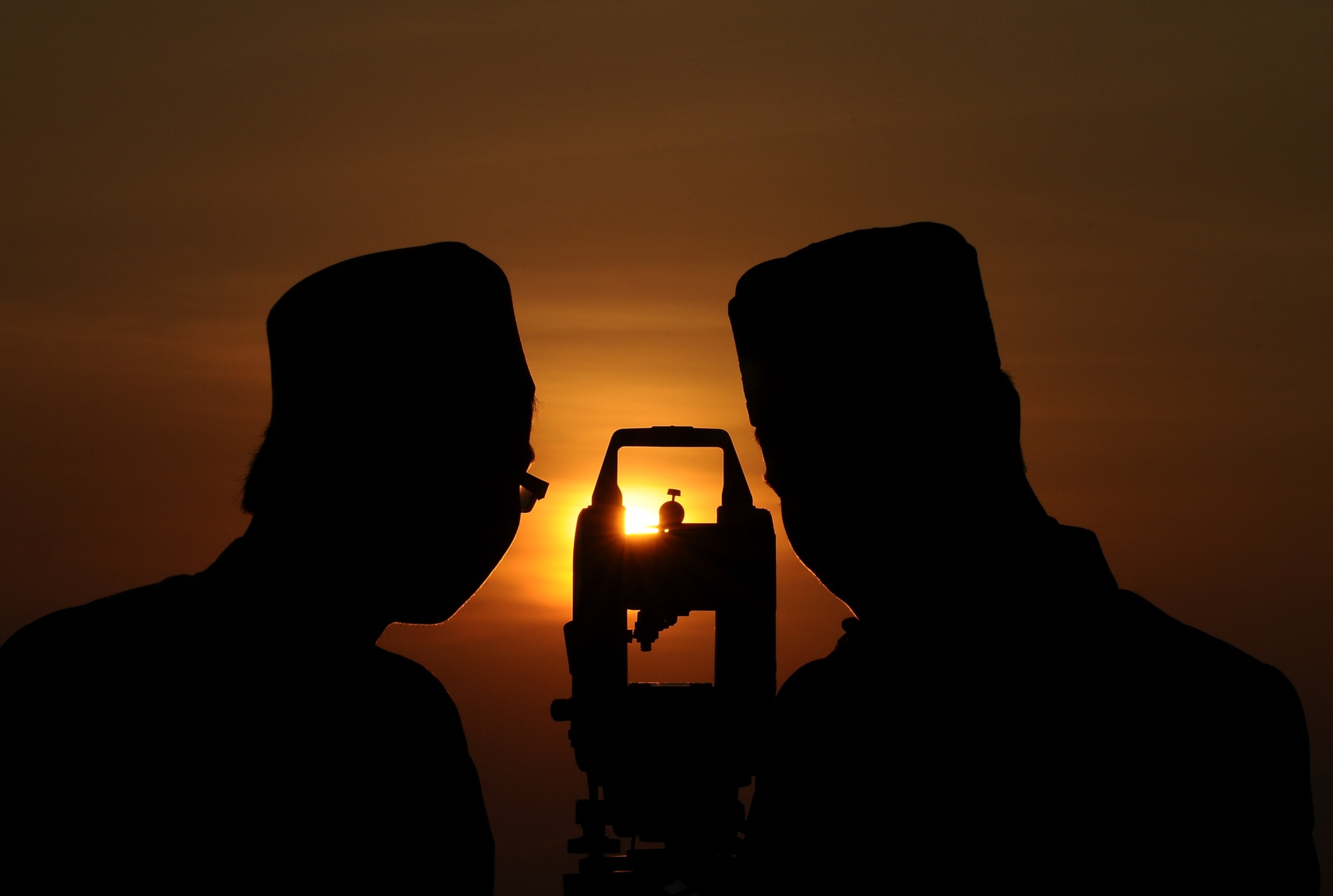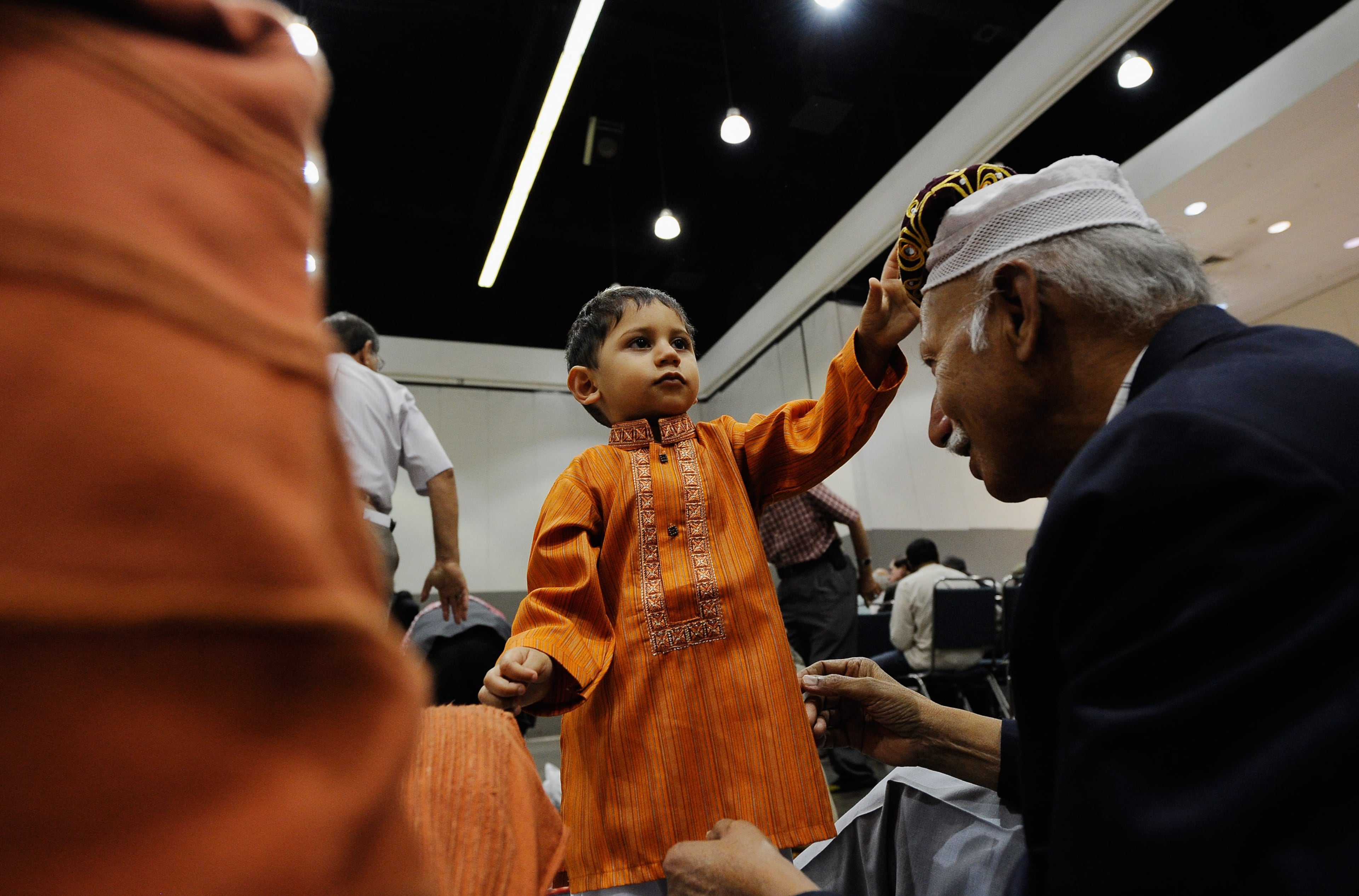5 things you should know about Ramadan, Islam’s holy month of fasting
Muslims around the globe are preparing to observe the holy month of Ramadan, which begins on March 22 and runs through April 20.
Throughout the holiday, observers fast from sunrise to sunset and partake in nightly feasts.
Here are five things to know about Islam’s sacred month:
What is Ramadan?

In the Islamic calendar, Ramadan is the ninth month and according to the BBC, it is counted among the holiest months. The month is a period of fasting and prayer.
It is believed to be the month in which Mohammad, whom Muslims consider a prophet, revealed the holy book — Quran — to Muslims.
The word “Ramadan” itself is taken from the Arabic word, “ramad,” an adjective describing something scorchingly dry or intensely heated by the sun.
When is Ramadan?

Since the Islamic calendar is a lunar calendar of 12 months rather than a solar calendar like the Gregorian calendar, every month starts as the new crescent moon emerges. It continues for 29 or 30 days. That means Ramadan starts 10 to 12 days earlier each year.
In 2023, Ramadan will start on Wednesday, March 22, and last through Thursday, April 20.
To determine when exactly the holy month will begin, Muslim-majority countries look to local moon sighters, according to Al Jazeera. In some countries, such as Saudi Arabia, special infrared cameras are used to capture the new moon.
According to Forbes seeing the crescent moon will signify the start of Ramadan 2021.
Lunar months last between 29 and 30 days, depending on the sighting of the moon on the 29th night of each month. If the moon is not visible, the month will last 30 days.
Al Jazeera reports that the new moon will emerge on March 21 at 8:23 p.m. (Mecca time).
Fasting hours will vary around the world. Muslims who live in the Northern Hemisphere will have fasting hours that are a bit shorter and will continue to decrease until 2032. That is the year that Ramadan will occur during the winter solstice, which is the shortest day of the year. Then, fasting hours will increase until the summer solstice, the Northern Hemisphere’s longest day of the year. Muslims who live south of the equator will experience the opposite effect.
What do Muslims do during Ramadan and why?

Ramadan is known as the holy month of fasting, with Muslims abstaining from eating and drinking from sunrise to sunset.
Fasting during the holiday is one of the Five Pillars of Islam, along with the daily prayer, declaration of faith, charity and performing the Hajj pilgrimage in Mecca, Saudi Arabia.
More than 1,400 years ago, according to Al Jazeera, Muslims were commanded to fast during Ramadan.
The fast is intended to remind Muslims of the suffering of those less fortunate and bring believers closer to God.
During the month, Muslims also abstain from habits such as smoking, caffeine, sex and gossip; this is seen as a way to both physically and spiritually purify oneself while practicing self-restraint.
Here’s what a day of fasting during Ramadan is like:
- Muslims have a predawn meal called the "suhoor."
- Then they fast all day until sunset.
- At sunset, Muslims break their fast with a sip of water and some dates, the way they believe Mohammad broke his fast more than a thousand years ago.
- After sunset prayers, they gather at event halls, mosques or at home with family and friends for a large feast called “iftar.”
How is the end of Ramadan celebrated?

Toward the end of the month, Muslims celebrate Laylat al-Qadr or “the Night of Power/Destiny” — the day observers believe Allah sent the Angel Gabriel to Mohammad to reveal the Quran’s first verses.
On this night, which falls on one of the last 10 nights of Ramadan, Muslims practice intense worship as they pray for answers and seek forgiveness for sins.
To mark the end of Ramadan, determined by the sighting of the moon on the 29th night of Ramadan, a 3-day celebration called Eid al-Fitr brings families and friends together in early morning prayers followed by picnics, feasts and fun. In 2023, Eid al-Fitr is likely to fall on Friday, April 21.
Does every Muslim fast during Ramadan?

According to most interpreters of the Quran, children, the elderly, the ill, pregnant women, women who are nursing or menstruating, and travelers are exempt from fasting.
Some interpreters also consider intense hunger and thirst as well as compulsion (someone threatening another to do something) exceptions.
Generally, whether individual Muslims fast or not often depends on their ethnicity and country.
In Muslim-majority countries, for example, most people observe the month-long fast during Ramadan, according to 2012 data from the Pew Research Center. In fact, in Saudi Arabia, Muslims and non-Muslims alike can be fined or jailed for eating in public during the day, according to the Associated Press.
But in the United States and in Europe, many Muslims are accepting of non-observers.
According to 2017 data from Pew researchers, 80% of U.S. Muslims said they fasted during the holiday.
The Pew survey found that more Muslim adults in America fast during Ramadan than say they pray five times a day or attend mosque every week. Additionally, far more women reported fasting during the holy month than wearing the hijab.

